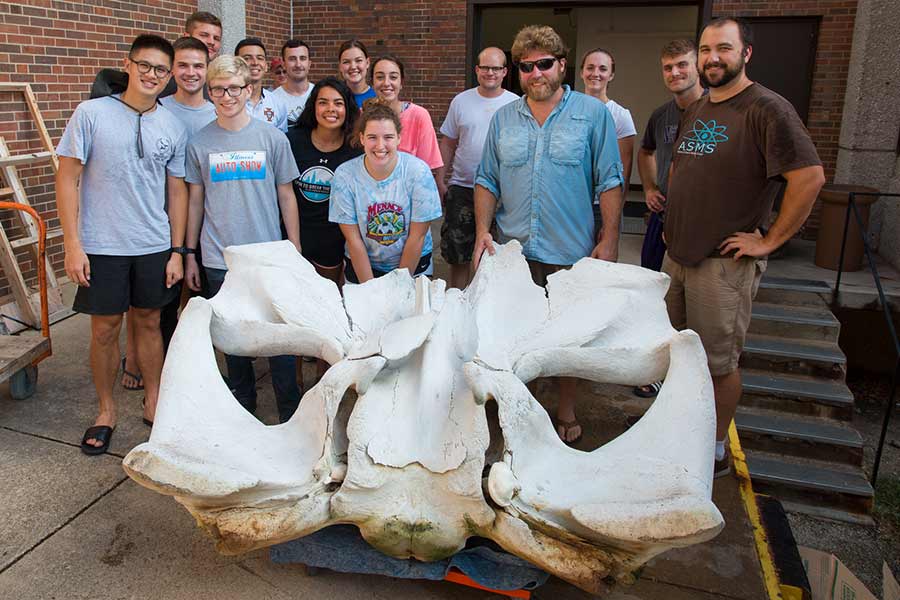

55-Foot Whale Skeleton Comes to Knox College Campus
Pictured above: Renderings of how the whale skeleton will look when mounted in the atrium of the renovated Umbeck Science-Mathematics Center.
Published on November 19, 2018


Pictured above: Renderings of how the whale skeleton will look when mounted in the atrium of the renovated Umbeck Science-Mathematics Center.
Published on November 19, 2018